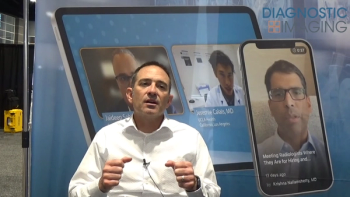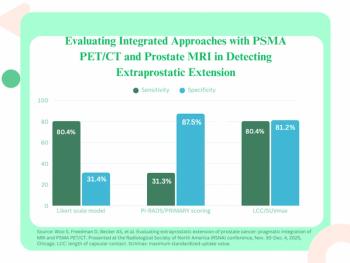
Does Initial CCTA Provide the Best Assessment of Stable Chest Pain?
In a recent interview, Markus Scherer, M.D., discussed emerging research, presented at the American College of Cardiology Cardiovascular Summit, which showed that coronary computed tomography angiography (CTA) was associated with a significantly higher likelihood of revascularization in comparison to other modalities or direct referral for invasive coronary angiography.
Is it time to revisit initial imaging recommendations in established guidelines for the assessment of chest pain?
For patients with stable chest pain and no prior diagnosis of coronary artery disease (CAD), initial coronary computed tomography angiography (CCTA) was associated with subsequent revascularization in 62 percent of cases in comparison to 31 percent for nuclear stress single photon emission computed tomography (SPECT) testing and 34 percent for no testing, according to a 786-patient study presented at the American College of Cardiology Cardiovascular Summit in Washington, D.C.
In a recent interview, Markus Scherer, M.D., said the study findings show that CCTA offers the most effective tool for evaluating patients with stable chest pain in the absence of a prior CAD diagnosis.
“(Opting for coronary CTA is) a more efficient and more direct pathway to answer the clinician’s question as to whether or not you have coronary artery disease as a cause of your symptoms … and (determining) how much you have is enough to justify taking it to the next level and going to the invasive laboratory,” noted Dr. Scherer, the director ofcardiac CT and structural heart imaging at Atrium Health-Sanger Heart and Vascular Institute in Charlotte, N.C.
(Editor’s note: For related content, see “
In terms of cost-effectiveness, Dr. Scherer added that coronary CTA, in his clinical experience, typically costs less than the more commonly performed nuclear stress SPECT test and is “certainly less” than direct referrals to the cath lab.
For more insights from Dr. Scherer, watch the video below.
Newsletter
Stay at the forefront of radiology with the Diagnostic Imaging newsletter, delivering the latest news, clinical insights, and imaging advancements for today’s radiologists.




























